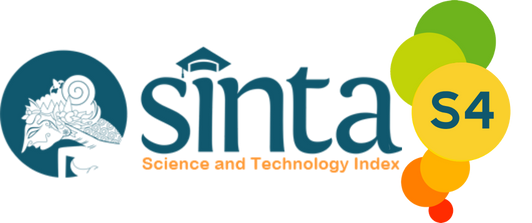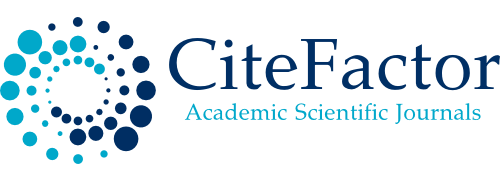Submissions
Submission Preparation Checklist
All submissions must meet the following requirements.
- The submission has not been previously published, nor has it been before another journal for consideration (or an explanation has been provided in Comments to the Editor).
- The submission file is in OpenOffice, Microsoft Word, or RTF document file format.
- Where available, URLs for the references have been provided.
- The text is single-spaced; uses a 12-point font; employs italics, rather than underlining (except with URL addresses); and all illustrations, figures, and tables are placed within the text at the appropriate points, rather than at the end.
- The text adheres to the stylistic and bibliographic requirements outlined in the Author Guidelines.
- The text has fulfilled the plagiarism checker [Turnitin] results of at least 20%
Articles
Section default policy
Copyright Notice
Copyright & License Policy
Articles published under the Al'Adalah: Journal of Islamic Studies are made freely available online immediately upon publication, without subscription barriers to access. Authors who participate in the journal initiative and pay to have their paper freely available online will be asked to sign an open-access license agreement.
Al'Adalah: Journal of Islamic Studies is licensed under the Creative Commons Attribution-NonCommercial 4.0 International License. This license permits users to use, reproduce, disseminate, or display the article provided that the author is attributed as the original creator and that the reuse is restricted to non-commercial purposes, i.e., research or educational use.
Privacy Statement
The names and email addresses entered in this journal site will be used exclusively for the stated purposes of this journal and will not be made available for any other purpose or to any other party.
























 Al'Adalah licensed under Creative Commons Attribution-NonCommercial 4.0 International License.
Al'Adalah licensed under Creative Commons Attribution-NonCommercial 4.0 International License.